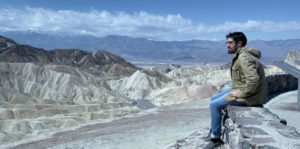
It’s hard not to find yourself firmly in writer/director Daniel Kremer’s corner in It’s a Zabriskie, Zabriskie, Zabriskie, Zabriskie Point. The documentary begins with a videotape of Kremer as a 12-year-old boy suffering from a chronic stammer. The footage was culled from a documentary on speech defects that he happened to appear in in the 1990s. In the clip, the young boy stands next to a shelf full of VHS tapes, and the interviewer asks him what his favorite film is. He hesitates, then reaches for Zabriskie Point. That’s impressive. I’ve seen a little Michelangelo Antonioni and am not much of a fan. I am a midwit who liked Star Wars when I was his age, so I instantly felt ready to be schooled.
Present-day Kremer narrates with no sign of a speech defect. This is endearing and inspiring. He explains his film is about Stanley Kramer’s madcap comedy It’s a Mad, Mad, Mad, Mad, World, and his beloved Zabriskie Point. Besides being set partly in deserts, there is little obvious to connect the two films. So far, so intriguing. The filmmaker promises there will be several mash-ups of them, and he leads with a pretty amusing one of Sid Caesar peeping over a desert ridge to spy on a bunch of buck-naked hippies cavorting in the sand.

“…[a mash up of] Stanley Kramer’s madcap comedy It’s a Mad, Mad, Mad, Mad, World, and his beloved Zabriskie Point.”
There are certainly contrasts worth exploring. It’s a Zabriskie, Zabriskie, Zabriskie, Zabriskie Point represents birth and death in Hollywood. It’s a Mad, Mad, Mad, Mad, World released in November 1963 as one of the last successful breaths of the dying beast that was the old guard. Zabriskie Point confidently represents the new order. From this point on, the focus slips.
Kremer casts his cultural net further until the witty title starts to weigh heavy. This is not an issue at first. He begins with some fascinating stories about Greed, identified as the first “location” picture, as it was shot for two agonizing (and deadly) months in 1923 Death Valley, like Antonioni’s film. The critical and commercially successful comedy took place in the other end of the Mojave. It struck me as odd that little attention was paid to Monument Valley, the source of the most iconic American images. Does Kremer not like Westerns? The film powers forward agreeably enough, but the more of it you see, the less it seems to be hewing to its theme.
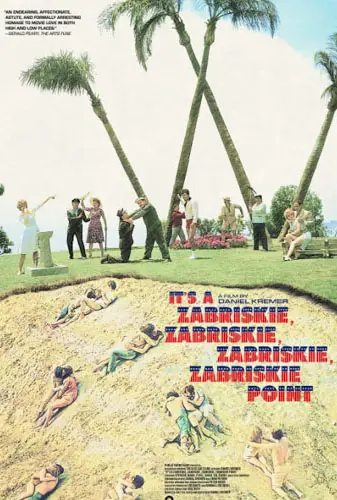
"…a pleasant journey in good company..."
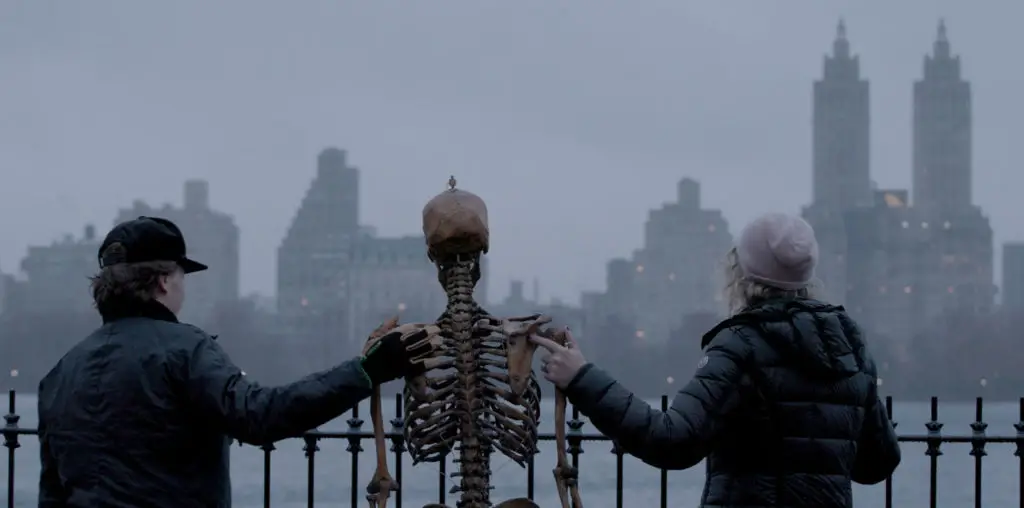
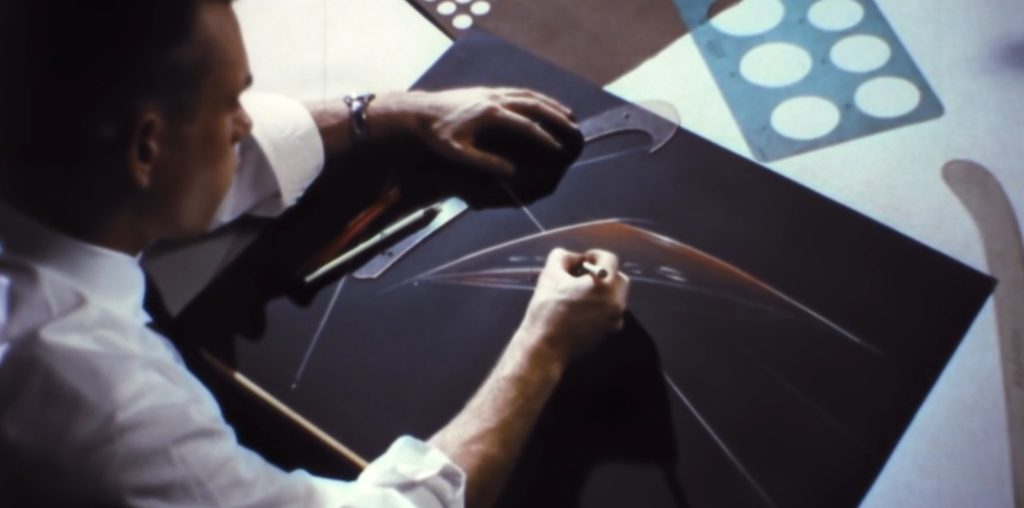
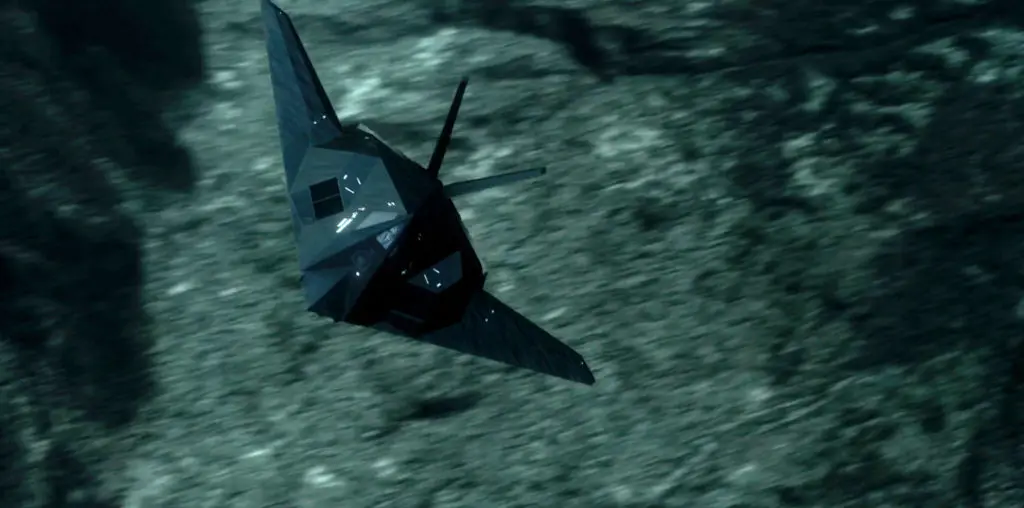
I need to see this. A person who connects these two movies must have a good heart. I’m a filmmaker and was considered a ‘special kid’ as well — and still am. These two are among my favorite films. I didn’t see Zabriskie Point until much later in life, but It’s a Mad, Mad, Mad, Mad World has always been dear to me. As a kid, it allowed me to live in a colorful world that closely resembled what was inside of me. Please share how I can watch this documentary!